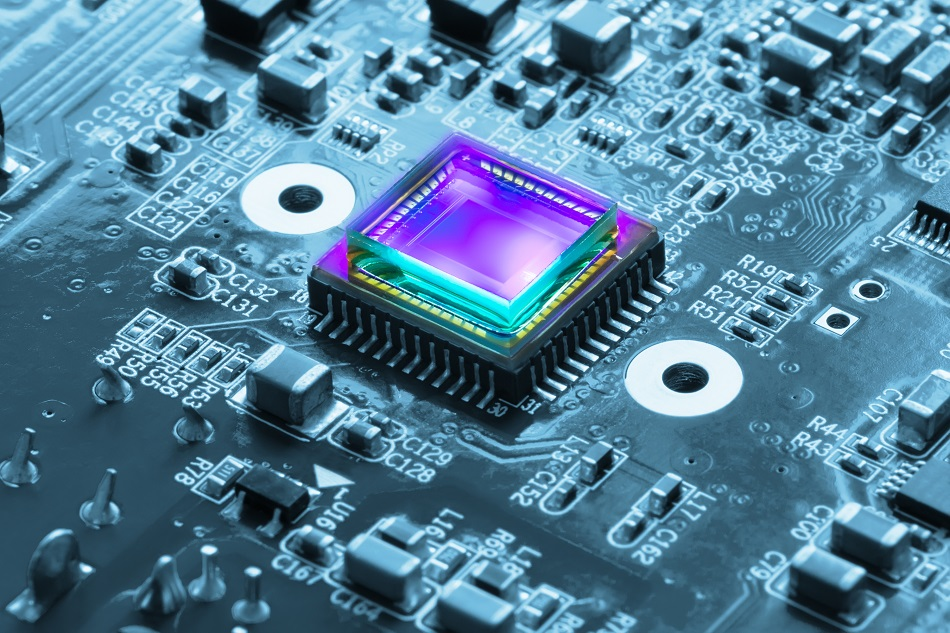Jun 18 2013

Image Credit: Andrew Berezovsky/Shutterstock.com
The evolution of self-powered sensors was spurred on by the inconvenience of having to replace batteries in devices such as implanted biomedical monitoring, treatment systems, and devices for monitoring machinery, infrastructure or industrial systems where batteries are mostly fitted in difficult to access areas or spread over a wide area.
Based on a concept already in existence, a research team from MIT was involved in developing new energy-scavenging systems. The technology they developed will avoid the need for battery replacement. Instead, devices will be powered by differences in temperature between the body and the surrounding air.
This concept of harvesting energy from differences in temperature has been used by NASA when their space probes harvested heat from radioactive plutonium. Similarly, certain semiconductor materials tend to produce a flow of electrical current when one side is hotter than the other. These materials are used in coolers and heaters in the food and beverages sector. MIT researchers hope to reach the theoretical limits of efficiency in utilizing this heat energy.
EnOcean GmbH is a German patented wireless technology company that produces devices to collect cost-free energy existing in the environment such as pressure, linear motion, differences in temperature and light; and convert that into energy to be used for electrical applications. They have combined miniaturized energy harvesters and highly efficient wireless technology to create service free wireless sensor solutions for use in buildings and industrial automation.
Research
The evolution of self-powered sensors was spurred on by the inconvenience of having to replace batteries in devices such as implanted biomedical monitoring, treatment systems, and devices for monitoring machinery, infrastructure or industrial systems where batteries are mostly fitted in difficult to access areas or spread over a wide area.
Based on a concept already in existence, a research team from MIT was involved in developing new energy-scavenging systems. The technology they developed will avoid the need for battery replacement. Instead devices will be powered by differences in temperature between the body and the surrounding air.
This concept of harvesting energy from differences in temperature has been used by NASA when their space probes harvested heat from radioactive plutonium. Similarly, certain semiconductor materials tend to produce a flow of electrical current when one side is hotter than the other. These materials are used in coolers and heaters in the food and beverages sector. MIT researchers hope to reach the theoretical limits of efficiency in utilizing this heat energy.
EnOcean GmbH is a German patented wireless technology company that produces devices to collect cost-free energy existing in the environment such as pressure, linear motion, differences in temperature and light; and convert that into energy to be used for electrical applications. They have combined miniaturized energy harvesters and highly efficient wireless technology to create service free wireless sensor solutions for use in buildings and industrial automation.
Further Developments
Dong Ha and his team of researchers worked with a team of mechanical engineers, led by Dan Inman from the Center for Intelligent Material Systems and Structures (CIMSS) to develop energy harvesting technology for embedded devices, which would be self-powered sensors - specifically for hard to reach spots like bridges and helicopter turbine engines.
Infinite Power Solutions, Inc. (IPS), a solid-state, rechargeable, thin-film battery solutions provider, released the IPS-EVAL-EH-02 Wireless Environmental Sensor Energy Harvesting Evaluation Kit in 2012. Their aim was for this evaluation kit to help designers develop self-powered wireless sensors for smart home and building automation systems.
In 2012, researchers from The Center for Advanced Self-Powered Systems of Integrated Sensors and Technologies (ASSIST) from North Carolina State University were involved in a national nanotechnology research effort to develop self-powered devices to help people monitor their health as well as understand how their immediate environment affects it. Their efforts were funded by a five-year NSF grant of $18.5 million. The funding is renewable for an additional five years.
NC State to Create Self-Powered and Wearable Health Monitors
Self-powered wearable sensors to monitor human health.
Self-powered sensors could enable 24-hour monitoring of blood sugar, heart rate, or other biomedical data using a device that can be worn on the arm or leg of a patient, powered by the body’s temperature.
Self-powered sensors could similarly be used to monitor the warm exhaust gases in flues of a chemical plant, or even air quality in the ducts of a heating and ventilation system.
Conclusion
Self-powered sensors have immense potential for application in various fields. They will help reduce inconvenience in many basic applications from changing batteries to making life easier for patients requiring continuous as well as periodic medical observation.
Sources and Further Reading
This article was updated on 14th February, 2020.